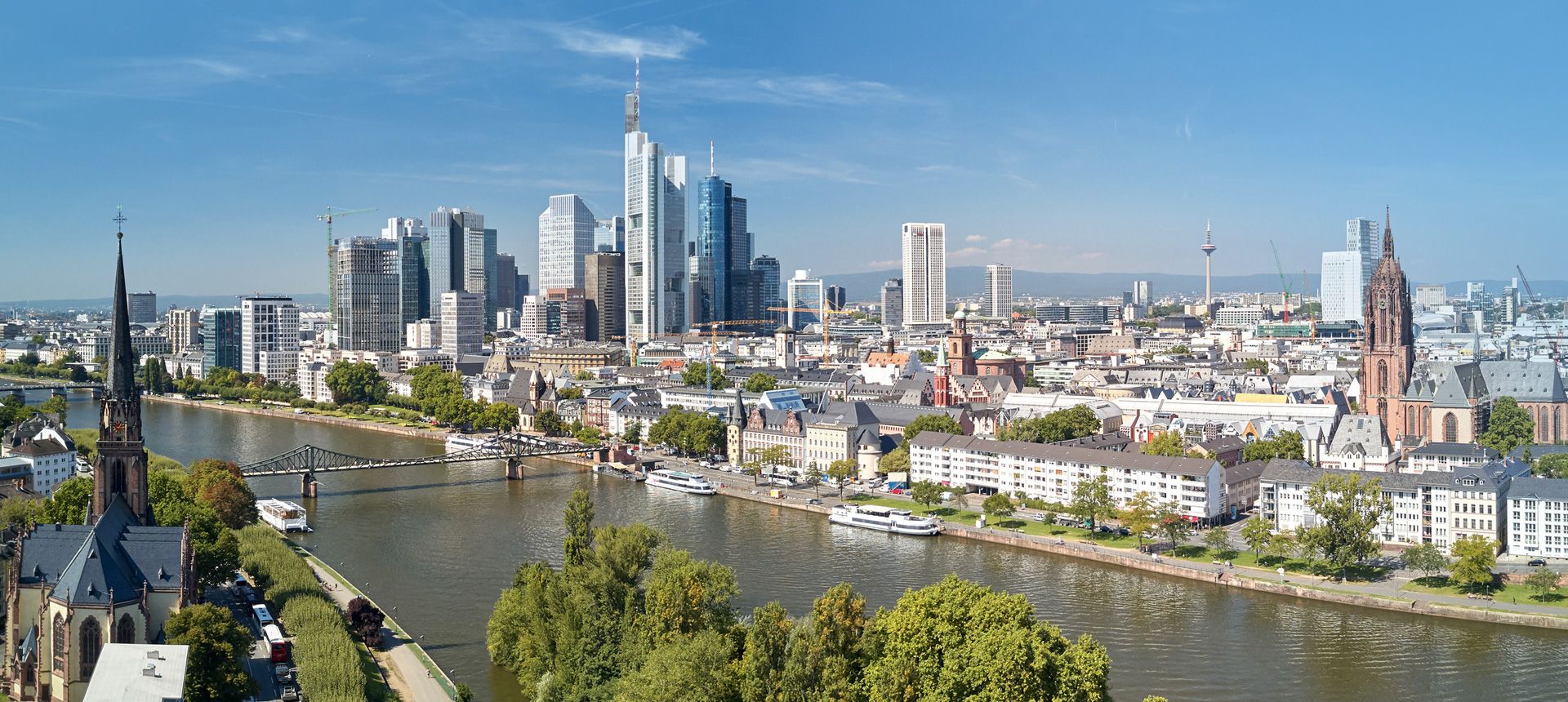A historic gem with economic power
Wetzlar, one of Germany’s most historic cities, lies on the banks of the Lahn. The city centre is characterised by its timber-framed houses and buildings from the romantic, Gothic and baroque periods. The city is symbolised by its cathedral, which towers over the narrow alleyways and steep steps.
In 1772, Goethe spent four unhappy months as a court attendant at Wetzlar’s Reichskammergericht, the highest court in the Holy Roman Empire. His unrequited love for Charlotte Buff and some tragic friendships helped inspire his first novel, “The Sorrows of Young Werther”. Many timber-framed houses still look exactly the same as they did in Goethe’s day, such as the Lottehaus, the Jerusalemhaus and other places around the city that are mentioned in the novel.
The industrialisation of Wetzlar began in the 19th century, when the River Lahn was made navigable and new railway networks were opened. Wetzlar developed into one of Germany’s most important economic centres for metalwork, precision engineering and optics. The first ever commercial miniature camera was presented by the optical company Ernst Leitz in Wetzlar in 1924. The city now has around 54,000 inhabitants. It’s managed to maintain its outstanding reputation in the industry, as international companies like Minox and Zeiss are based in the city.



